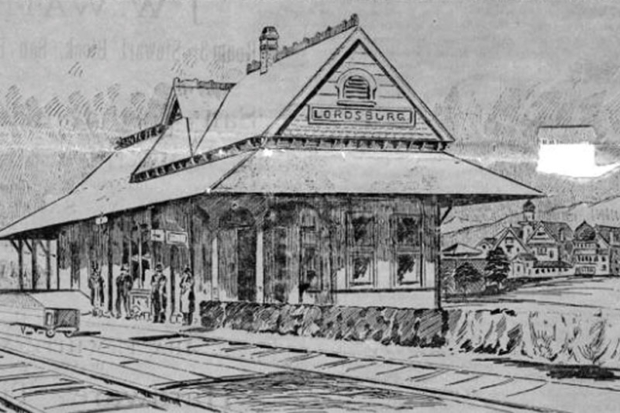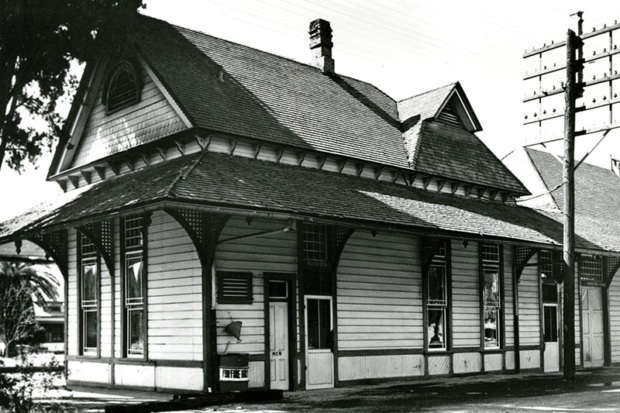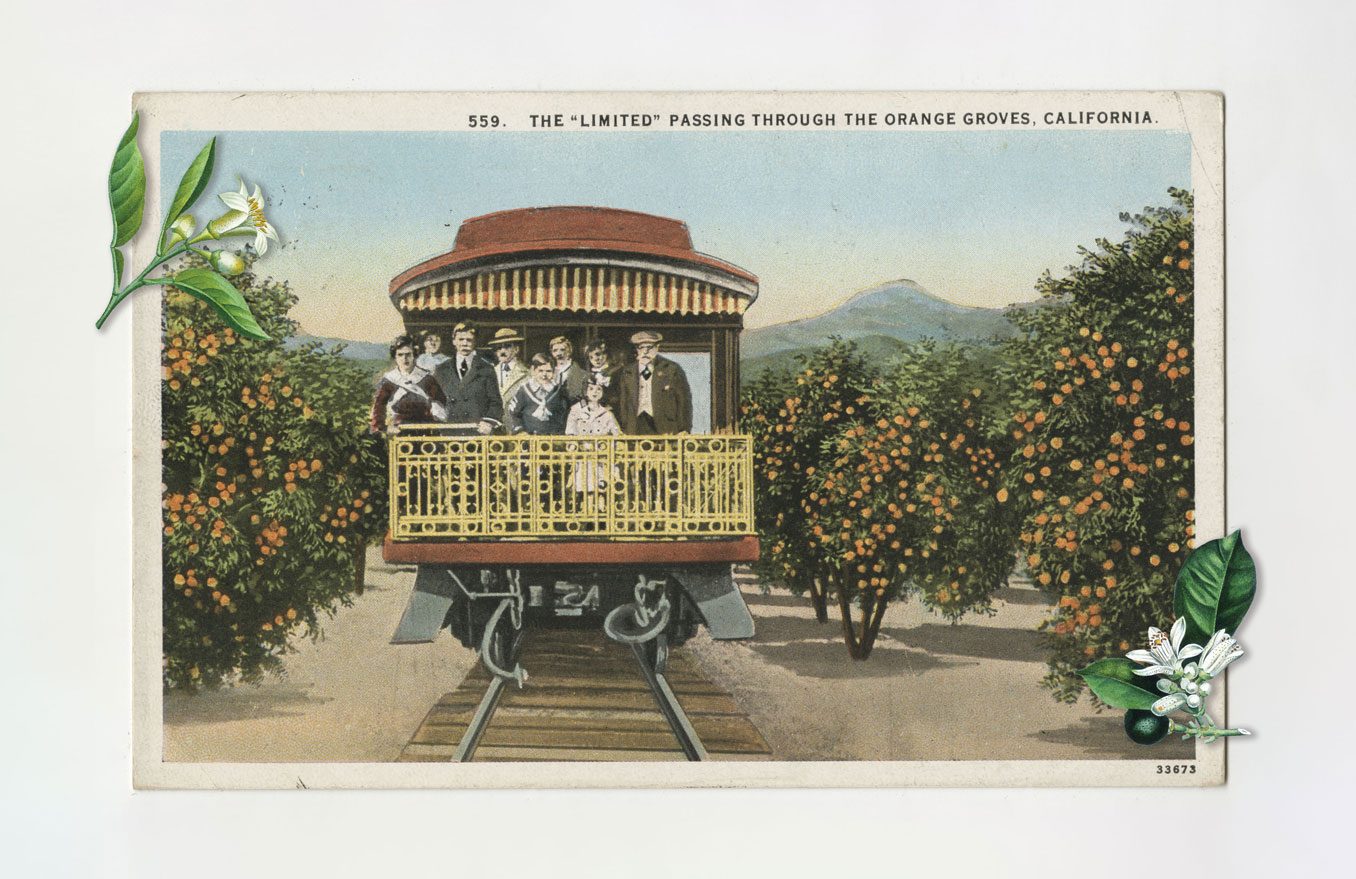The Santa Fe Railway in La Verne
Learn how the Santa Fe Railway helped put the city of La Verne, and the University, on the map.
December 4, 2023
The city of La Verne came into being thanks to the transcontinental railroads that connected Southern California to the world beyond.
By the 1880s, two such lines served the Southland: the Southern Pacific Railroad and the Atchison, Topeka, and Santa Fe Railway.
The Santa Fe, as many Californians referred to it, put La Verne on the map. In the 1880s, a real estate developer named Isaac Lord from San Bernardino noted that the Santa Fe Railway was building a new line connecting his town to Los Angeles. Working with the railroad, Lord bought land in Southern California in what is today known as La Verne. This site, eventually known as Lordsburg, enjoyed direct access to the new Santa Fe route when it was completed in 1887. That year, a real estate boom attracted thousands of migrants to Southern California, causing a population surge. The Santa Fe organized excursion trains that shuttled potential land buyers from large stations in Los Angeles and San Bernardino to Lordsburg, where many purchased lots and started a new community. Lordsburg had its own railroad station on the Santa Fe, which stood from 1887 until 1954.
In addition to bringing people to Lordsburg, the railroad moved important goods. Citrus growers built packinghouses along the tracks, sending oranges and lemons on the Santa Fe to eager customers. The development of refrigerator railroad cars to keep fruits from spoiling allowed produce from Lordsburg to reach distant markets across the United States. The money returned from the citrus industry funded the city’s expansion, and the Santa Fe played a critical role in this economic development.

Isaac Lord also funded construction of a lavish hotel building along the railroad tracks. This structure, the Lordsburg Hotel, was meant to house potential guests in the city whom Lord hoped would fall in love with the town and move there. Unfortunately, by the time the hotel opened its doors in 1888, the real estate boom of the previous years had fallen apart. Legend has it that the hotel never hosted a paying guest.
The placement of the Lordsburg Hotel along the railroad tracks enticed buyers to repurpose the building, a process in which the Santa Fe played a key role. The railroad employed an agent named George McDonaugh, who had previously brought members of the German Baptist Brethren Church to the Midwest. In 1889, McDonaugh came to California, and invited leaders from the Brethren community to visit the Southland.
Among those who answered McDonaugh’s call was Matthew M. Eshelman, another agent of the Santa Fe railroad and a newspaper editor who had helped found McPherson College, a Brethren school in Kansas. In 1890, Eshelman set up the Southern Californian, a newspaper designed to promote the Lordsburg Hotel, and printed it from the building.
Eshelman convinced four men to purchase the hotel to transform it into an institution of higher education. These individuals—Daniel Houser, Henry Kuns, David Kuns, and Samuel Overholtzer, all members of the German Baptist Brethren Church—bought the Lordsburg Hotel and transformed it into Lordsburg College, which matriculated its first class in 1891. The school evolved over time into the University of La Verne, which would not have existed if not for the Santa Fe Railroad’s determination to make the hotel building useful.

The University of La Verne’s relationship with the Santa Fe continued well into the twentieth century. In 1987, the university purchased land from the railroad and used it to build the Oaks residence halls. A plaque commemorating the original Santa Fe Railroad station stood on the east side of this student housing complex.
Trains from the Santa Fe Railroad still use the tracks that pass the Oaks residence hall, Arts and Communications building, and parking structure of the University of La Verne. The Gold Line, operated by Metro and currently approaching the city, follows the tracks of the Santa Fe into the city of La Verne, reinforcing the continuing importance of railways to Southern California.
